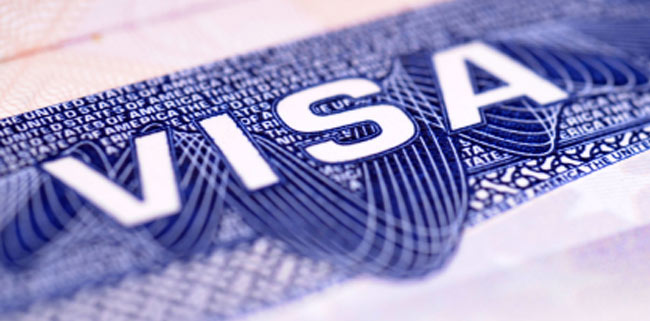A Schengen visa is a temporary entry permit for non-EU nationals to visit a Schengen country for up to 90 days within 180 days.
All travelers to the Schengen States will soon be required to pay Schengen higher fees. The European Commission has raised short-stay Schengen visa (visa type C) prices globally by 12%. The hike will be effective worldwide on June 11, 2024. The new Schengen visa charge for adults will be 90 euros, up from 80 euros, while the fee for youngsters aged 6 to 12 years old will be increased from 40 euros to 45 euros. It remains free for applicants aged between 0 and 6 (under six).
“The overall impact is that for businessmen going to EU – the cost of their business visa has been increased from 80 euros to 90 euros. This is a 12% increase in cost. – While higher, a hike amount of 10 euros is not significant enough to have an adverse impact on the likelihood of an individual applying for a business visa. We can expect similar trends in number of business visa applications in spite of the change,” says Mohak Nahta, Founder and CEO, Atlys.
A Schengen visa is an entry permit for non-EU nationals to make a short, temporary visit of up to 90 days in any 180-day period to a country in the Schengen area. Generally, the visa issued allows you to visit any of the Schengen States during the same trip, within the validity of the visa. A Schengen visa is not valid, if you wish to remain in a Schengen country for longer than 90 days, take up employment or establish a business, trade or profession.
“The hike in the Schengen visa fee will not impact immigrants and international students. “The hike in fees is only applicable to ‘category C’ or the ‘short-stay’ category. Short-stay categories only include visas that allow staying up to 90 days. – Immigrants such as students and people on work visas have to apply for ‘Category D’ or ‘long-stay’ visas. – There is currently no hike on the long-stay category of visas and therefore the recent changes will not have any impact on immigrants or potential immigrants,” says Nahta.
The Schengen area covers 26 countries (Schengen States) without border controls between them. These countries are Austria, Belgium, the Czech Republic, Denmark, Estonia, Finland, France, Germany, Greece, Hungary, Iceland, Italy, Latvia, Liechtenstein, Lithuania, Luxembourg, Malta, the Netherlands, Norway, Poland, Portugal, Slovakia, Slovenia, Spain, Sweden and Switzerland. These countries apply the common visa policy for short-stay visas.
Schengen visas come in 3 forms:
Single-entry visa – allowing you to enter the Schengen area once;
Multiple-entry visa – allowing several visits to the Schengen area for as long as the visa is valid;
Airport transit visa – allows you to connect through the international transit area of an airport in the Schengen area during a stopover or a change of flights. It does not allow you to leave the international transit area.
Read More: Max Temperature In Delhi To Touch 47°C In Coming Days, Warns IMD; Heatwave Alert Till June 14
Citizens of certain non-EU countries must hold a short-stay visa when travelling to the Schengen area. Some non-EU nationals must also hold an airport transit visa when connecting through the international transit areas of airports located in any of the Schengen States.
For citizens of certain additional countries, an airport transit visa is required when connecting through the international transit areas of airports located in some of the Schengen countries.
You must lodge your application for a Schengen visa at the consulate of the country you intend to visit. If you are visiting more than 1 Schengen country then apply at the consulate of the country where you will spend the longest time. When you are visiting several Schengen countries for stays of equal length, then apply at the consulate of the first country you will visit.
You must submit your application to the consulate at least 15 days before your intended journey and no earlier than 6 months beforehand. The normal processing time for a visa application is 15 days. This period may be extended to up to 45 days if a more detailed examination of the application and/or additional documents are required.





































